2022 Maruti Suzuki Baleno Long Term Reports
Say hello to the latest member of our long-term fleet, the all-new Maruti Suzuki Baleno. Over the next few months, we'll be using the car in a multitude of daily driving conditions. So, stay tuned for all the latest updates...
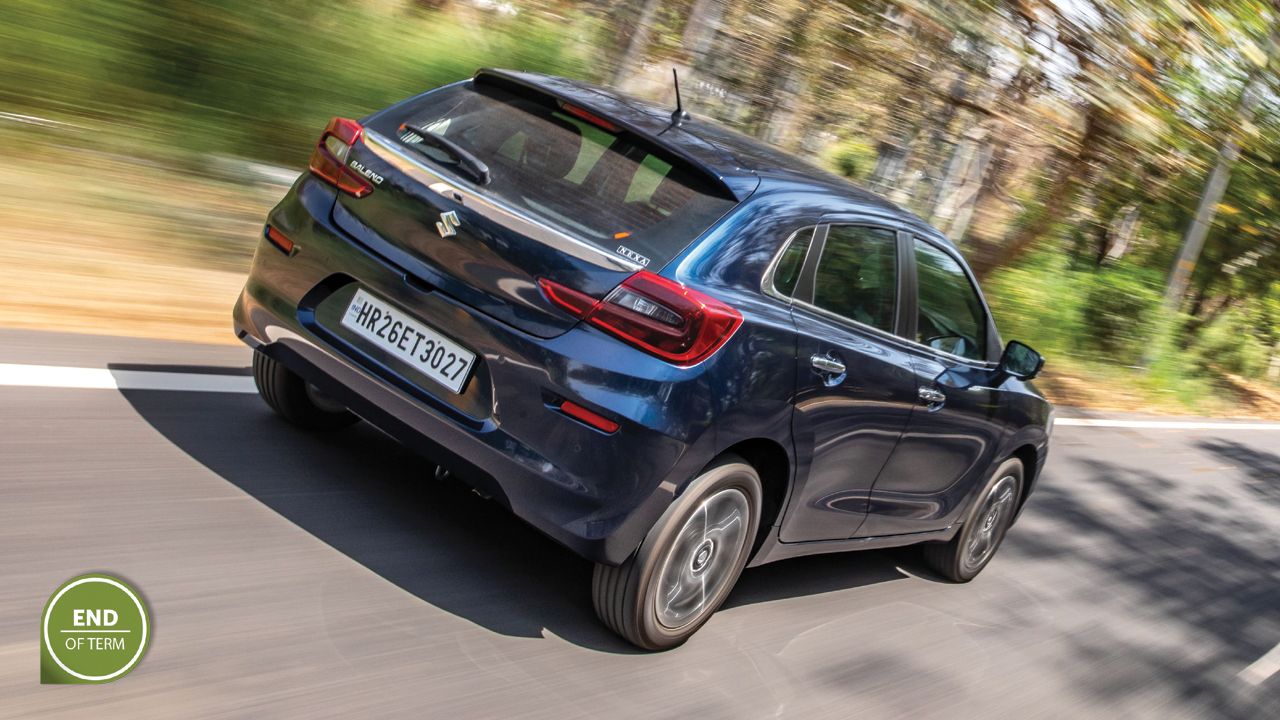
As you’ve probably already read by now, this is our 16th-anniversary issue. And to mark the occasion, like every year, we took this year’s best, newest vehicles to the Buddh International Circuit for a track test – including my long-term Baleno. This meant that finally, after a couple of months of driving the Baleno at maximum efficiency, I could let its hair down and drive it hard.
You can of course read more about the Baleno’s performance elsewhere in this issue but the most impressive bit for me has to be the handling. The Baleno has such a balanced chassis underneath, so much promise that you can actually chuck it into a corner and it comes out perfectly composed on the other side. But before sending the Baleno to the racetrack, we had to get a quick service done, which went well!
The pick-up was smooth – you get an SMS with a link that allows you to live-track the agent assigned to your car. Once they arrive, they take a full account of the car’s condition and hand you the car’s papers if, like me, you also forgot to remove them on your own. Once you’re happy with all the details, you need to share an OTP with the agent to start the next steps. The best part is that this entire process is fully digital – no unnecessary paper wastage, no signing, and no customer copies. You get text updates for all the processes that follow, and then another one for when the car is ready. Also, you get the same live tracking feature for when your car is on the way back to you. It is a hassle-free, streamlined service procedure, and Maruti Suzuki’s turnaround time is quick too – thumbs up on that!
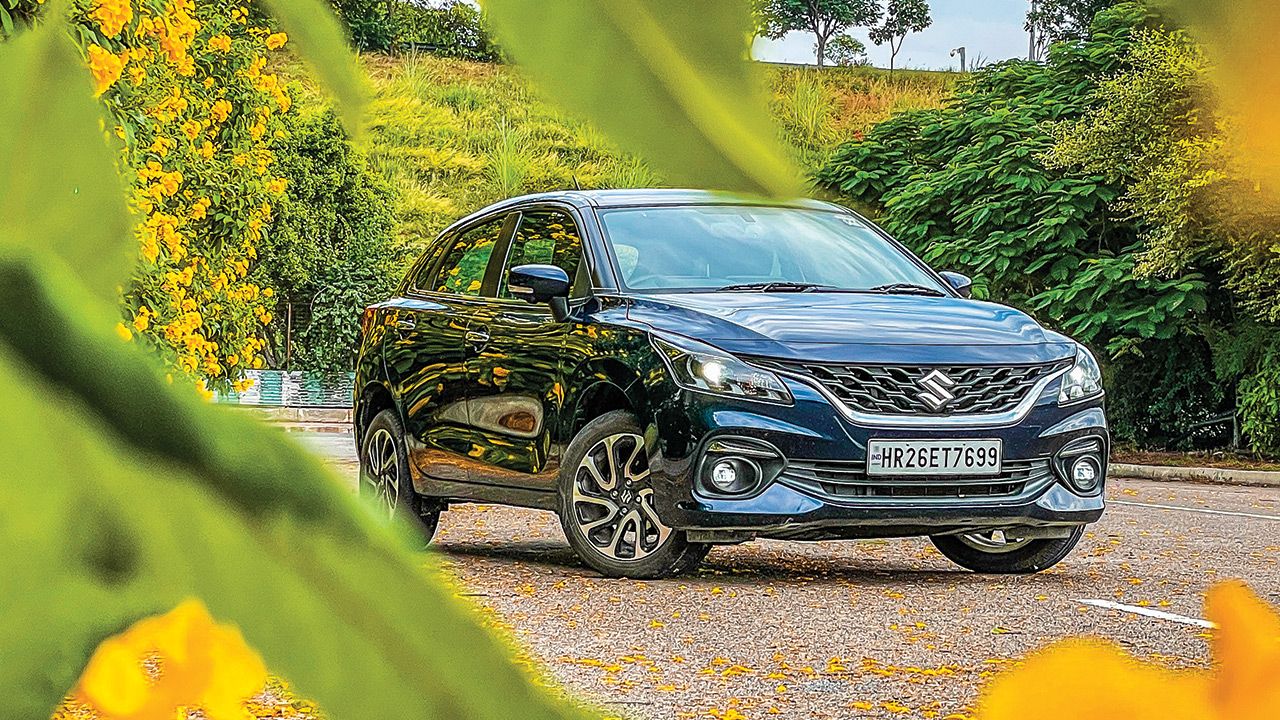
I’ve had the keys to the Baleno for a couple of months now, which has served as a replacement for my KTM Duke 390. While it doesn’t match my Duke’s pace, the Baleno’s fuel economy is not that far off! In the first month, I got a MID-indicated figure of 21.3km/l in the city, even through rush hour traffic. It’s commendable, to say the least. Frankly, it’s not even that difficult to eke out great fuel efficiency from the Baleno. Look far ahead, anticipate hazards, lift and coast on downhill sections, and be smooth with your inputs. Stuff you should practice anyway. And when you halt at the lights, the start/stop system saves some precious millilitres of fuel. I’m not reaching work hours late either. Getting from point A to B quickly in India is less about speeding on open stretches and more about picking the right lanes in traffic. With the Baleno, you can slot into tight gaps without having to hold your breath, and the 360-degree camera further helps here, especially for those ultra-tight squeezes. I must point out that the 21.3kmp/l figure should be taken with a pinch of salt though – it’s more of an experiment to see how much efficiency you can extract from the Baleno, rather than what you should be expecting.
This month, I’ve been driving with a slightly heavier foot and with less focus on outright efficiency which has dropped the MID-indicated efficiency figure to just above 19km/l. That too is great efficiency for a small petrol motor. In these couple of months, I’ve also grown to like the bright infotainment screen, the powerful air conditioning system and the absorbent ride. Efficiency experiment over, time for some spirited miles next month!
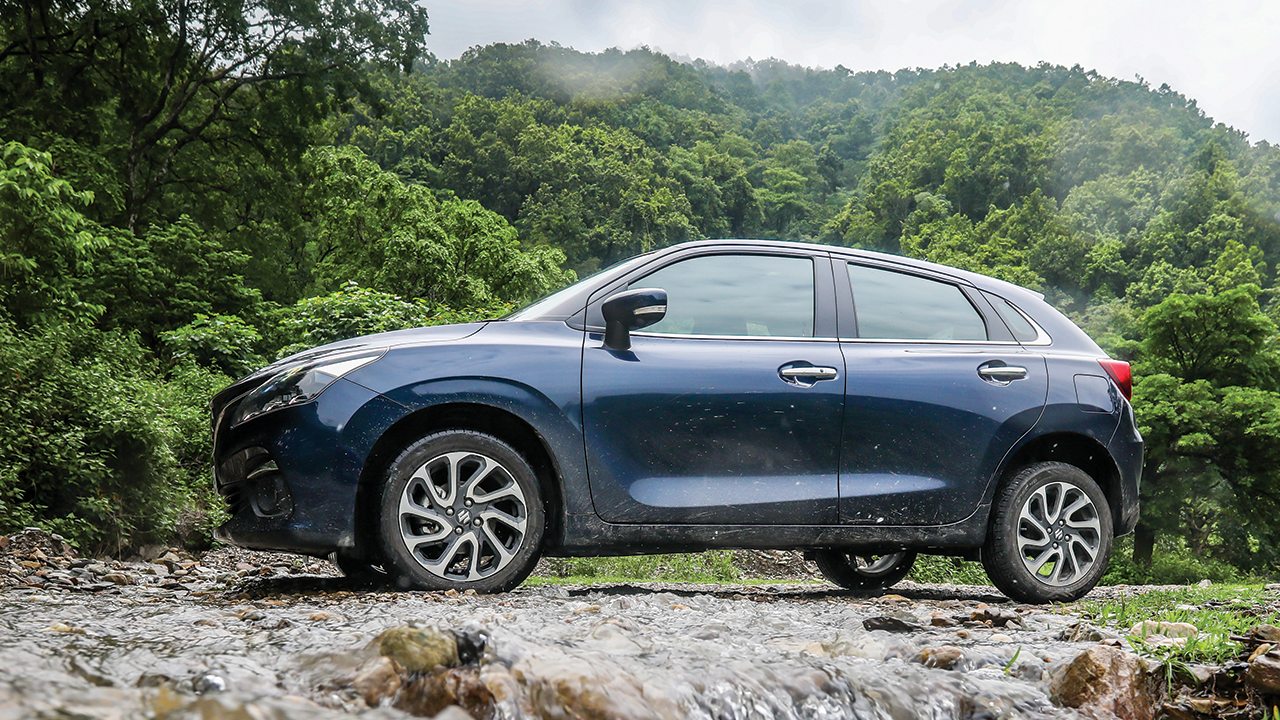
In this month’s report, we’ll be concentrating mainly on the creature comforts and new features of the Baleno. Starting off with the cabin features, our long-term Baleno is the top-spec Alpha variant, and that means it’s got all the bells and whistles. You’ve got a large 9-inch touchscreen, head-up display, 360-degree camera, auto-dimming IRVM, a high-end Arkamys sound system, and more.
If there’s something that I particularly can’t do without, it’s the Baleno’s touchscreen. It won’t be wrong to call it the segment-best since the display’s resolution is brilliant and it’s so crisp to operate. The UI is also great and quite intuitive. And it gets even better when you hook Apple CarPlay to it. I wish it came with wireless connectivity for Apple CarPlay / Android Auto, though. What’s more, there’s no USB Type-C port at the front, albeit there’s one for rear seat passengers, which is a bit weird. The 360-degree camera is a boon and comes in handy in tight spots. But night visibility isn’t that great as the images appear grainy and distorted. The Arkamys sound system is quite decent, too, but at high volume, it sounds a little flat. Okay, I’m no sound engineer, but that’s what I feel.
One of the features that I believe the new Baleno could do without is the head-up display. It’s been two months using the car and I hardly find myself catching sight of it! Yes, it looks cool and upmarket but I think it doesn’t really serve any functional purpose. I rather find myself gawking at the good old analogue dials – they look brilliant!
Apart from the techy stuff, the Baleno continues to be a smooth operator for daily driving duties. We took it for a 600kms road trip to the hills recently, so more on its long-distance capabilities in the next issue.
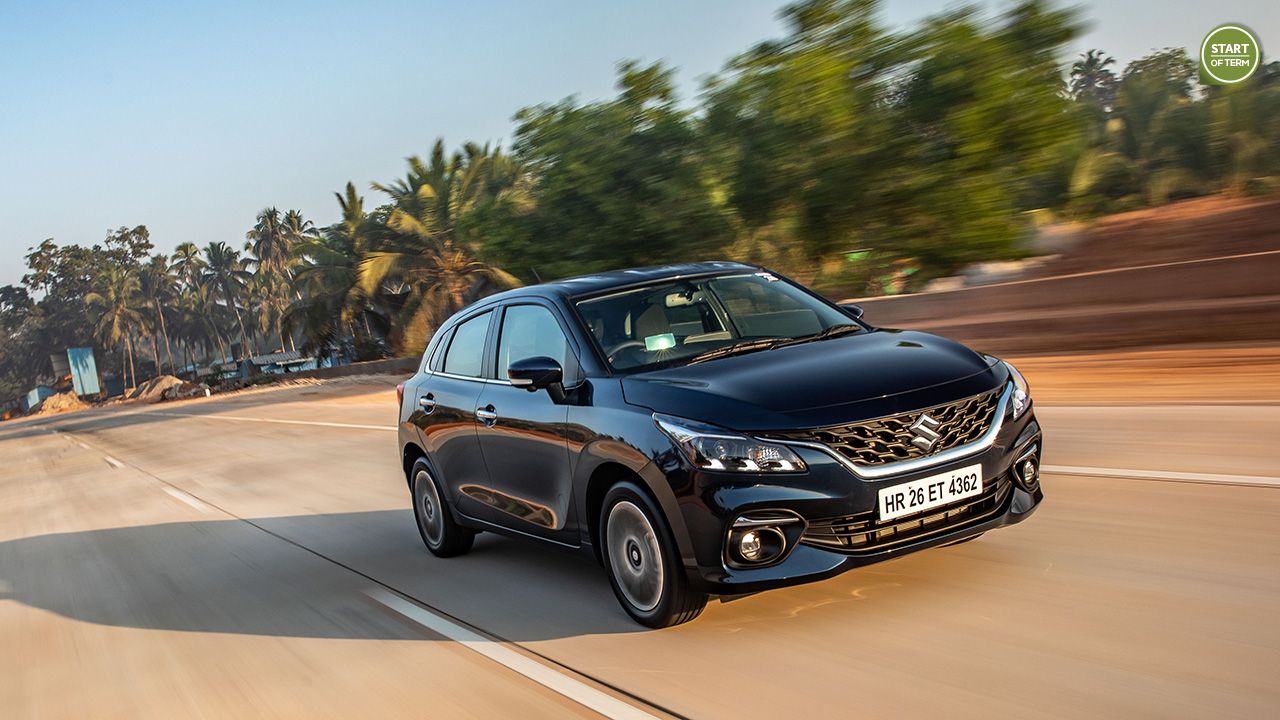
Say hello to the latest member of our long-term fleet, the all-new Maruti Suzuki Baleno. When I drove it first during the media drive in Goa a couple of months ago, I remember coming back impressed with all the changes and updates that this model has received over its predecessor. Back then, I drove the car briefly though. But now that it’s going to be with us for a couple of months, we’ll find out if it’s actually as good as it felt during the first drive, or if what happened in Goa was nothing but a short holiday romance.
We’ve got the AMT version of the Baleno, and while it’s nowhere near as great as the manual version, it’s actually a pretty decent option from the driver’s convenience point of view. Shifts aren’t excessively jerky, and if driven leisurely, it does the job of an automatic car well. However, if you drive it enthusiastically, you’ll find it to be a bit of a downer. The shifts are slow, even in manual mode, and it takes more than a second before the gearbox picks the next cog. In normal driving, it changes gears a little too early, around 3,000 to 3,500rpm, which kind of bogs the car down. It reminds me of the term ‘granny shifting’. However, as I said, the gearbox is okay if you want to drive calmly. I’d, however, always prefer its manual gearbox over the AMT because it is an absolute peach.
There are no complaints about its 1.2-litre petrol motor though. It is virtually flawless. It’s super-refined, peppy, and rev-happy. Plus, it returns phenomenal fuel efficiency. In daily driving, it’s returning close to 18km/l! If not the AMT gearbox, at least these numbers keep me grinning while driving our long-term car.
My absolute favourite bit about the new Baleno is its ride quality. It’s simply stellar. There’s an underlying firmness when it goes over bad roads, but you don’t feel anything inside. The way it absorbs road imperfections is remarkable. It’s so comfortable that sometimes I purposely drive it over bad roads to have fun. Similarly, I also like the steering on the new Baleno. It’s got more heft than before and offers good feedback.
In the next report, I’ll discuss the Baleno’s new features and how they work on a day-to-day basis. So, stay tuned...
Read more:
When it came: June 2022
Current odo reading: 5,405kms
Mileage this month: 821kms
Fuel efficiency: 18.9km/l
What’s good: After-sales service
What’s not: AMT still feels slow!

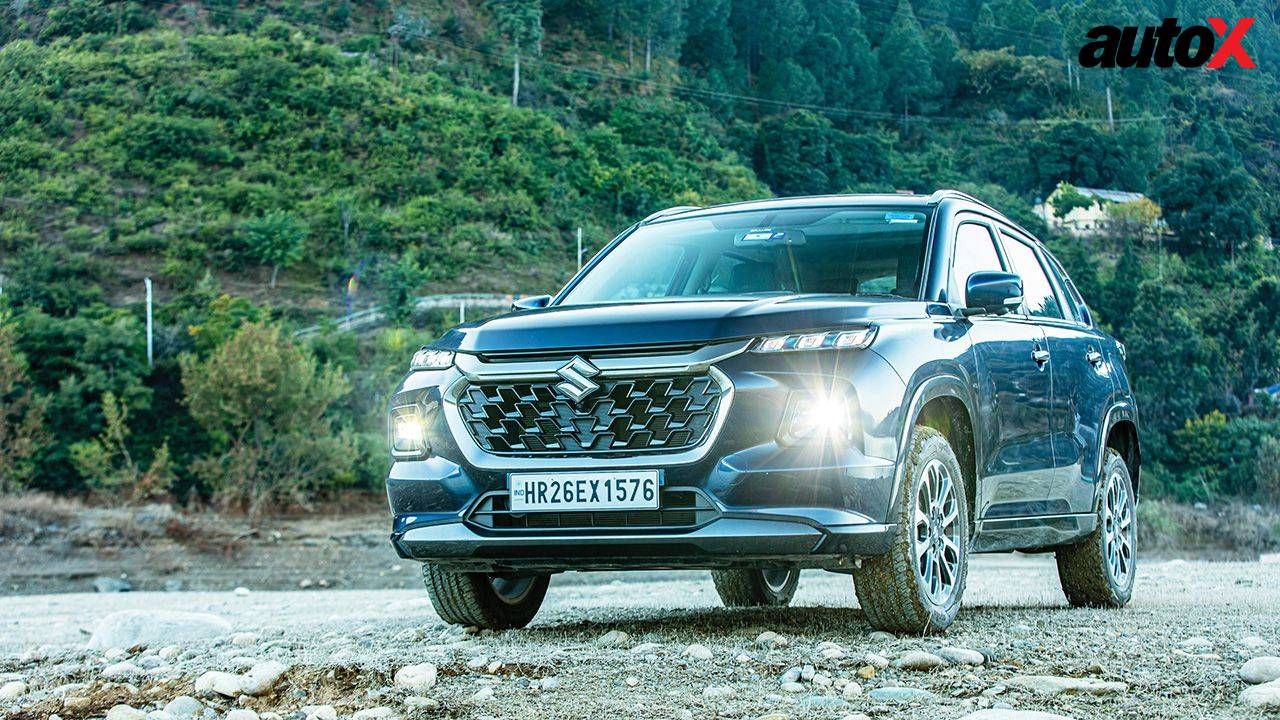

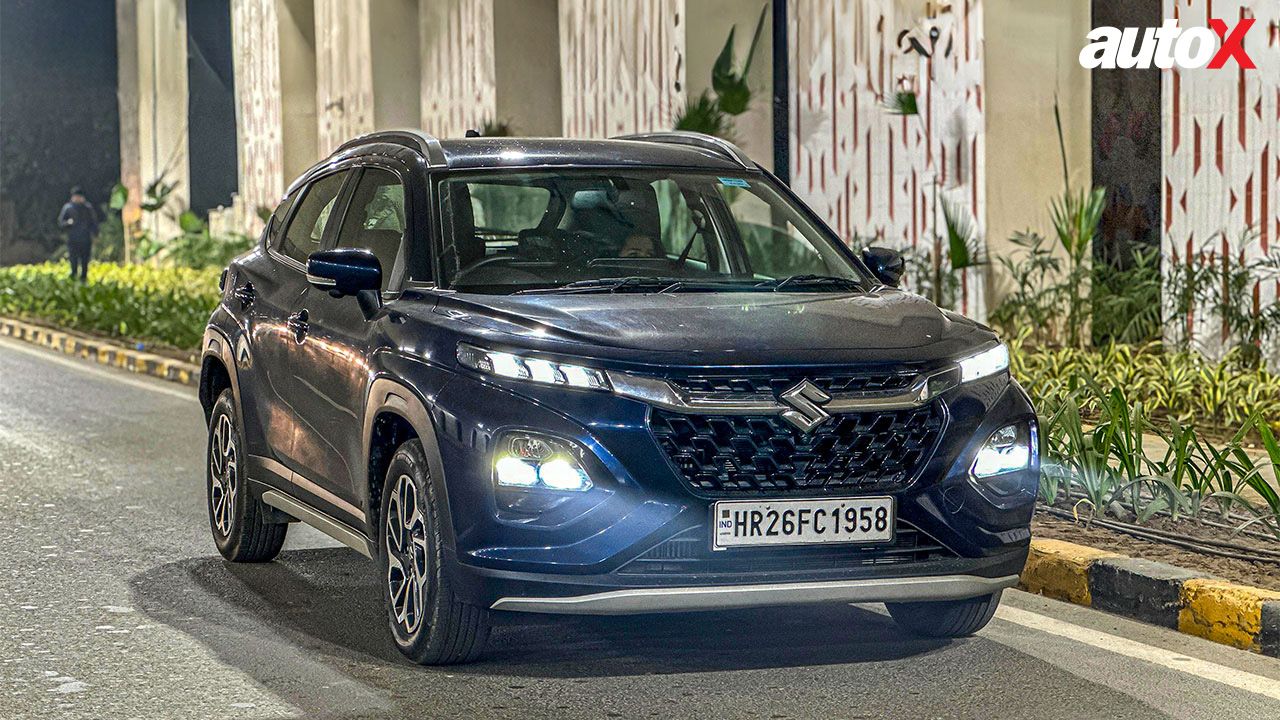
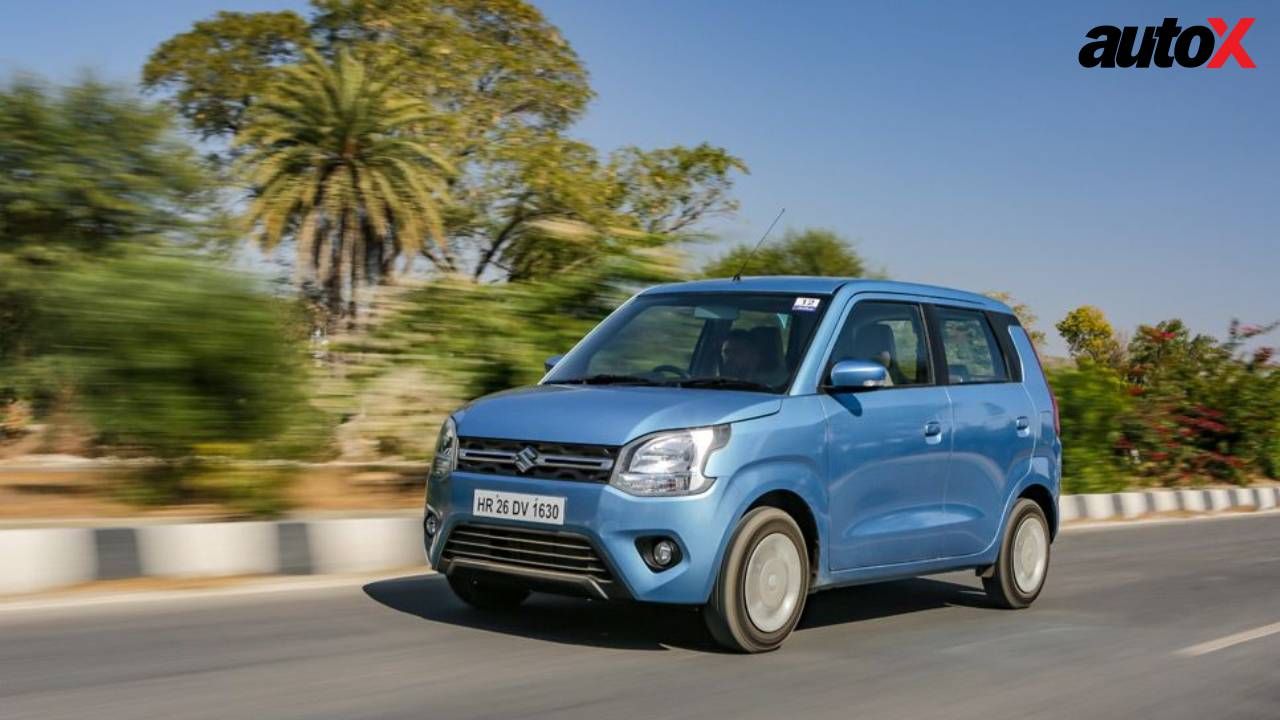








-(1).webp)



Write your Comment on